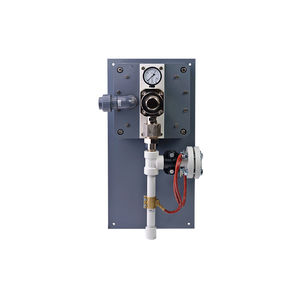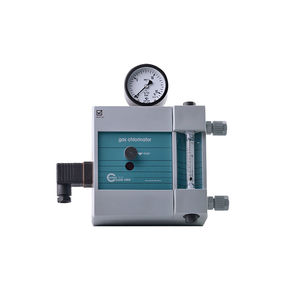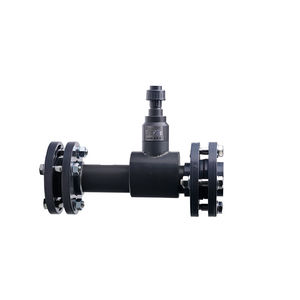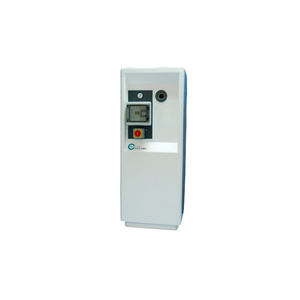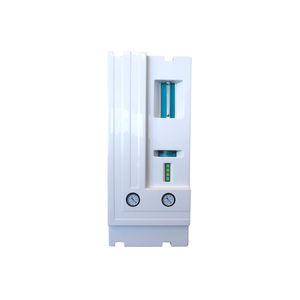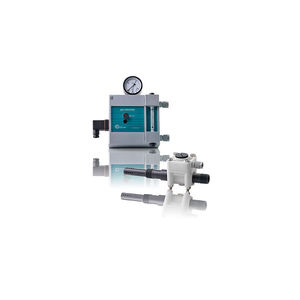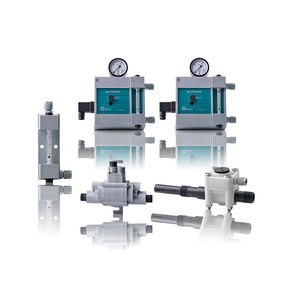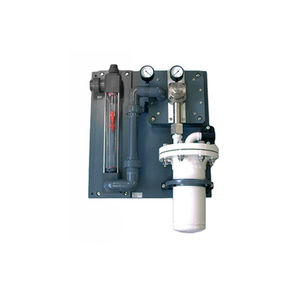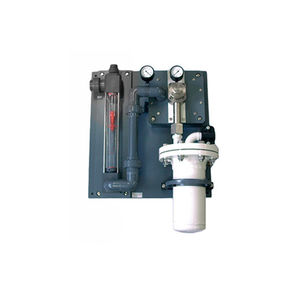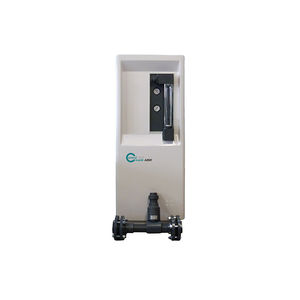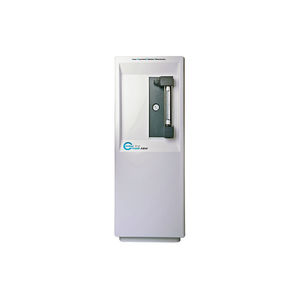
- Hydraulics - Pneumatics
- Valve
- Diaphragm valve
- Controlmatik
Pressure-reducing valve M 3480 Cdiaphragmdosingfor chlorine
Add to favorites
Compare this product
Characteristics
- Type
- diaphragm
- Function
- pressure-reducing, dosing
- Media
- for chlorine, for gas
- Body
- seat
- Applications
- vacuum
- Fluid specification
- for aggressive media
- Associated function
- reducing
- Pressure
Max.: 16 bar
(232.1 psi)Min.: 0 bar
(0 psi)- Flow rate
Max.: 200 l/h
(52.83 us gal/h)Min.: 40 l/h
(10.57 us gal/h)
Description
gas chlorine pressure reducing valve is used to sink down the unregulated gas pressure to a steady operating gas pressure. The pressure reducing valve secures pressure independent operation of Vacuum regulator and prevents, in relation to pressure and temperature changes, liquefaction of chlorine gas.
GENERAL
The M 3480 C gas chlorine pressure reducing valve is used to sink down the unregulated gas pressure to a steady operating gas pressure. The pressure reducing valve secures pressure independent operation of Vacuum regulator and prevents, in relation to pressure and temperature changes, liquefaction of chlorine gas.
OPERATION PRINCIPLE
Through the adjustable screw the valve cone can be lifted above the valve seat within defined limits, so that the operating pressure can be set to any value between 2 and 3 bar for Cl2. Pressure fluctuations are compensated by the spring-loaded double diaphragm system, so that the operating pressure is kept constant (at constant flow).
If the operating pressure exceeds the set value, the spring-cone diaphragm system enables the valve to close.
INSTALLATION
The gas chlorine pressure reducing valve is always mounted in a chlorine system, so the installation depends very much on the system. When taken from the packing box, the valve must be mounted as soon as possible; in other case, it must be stored in a dry place. No moisture should enter the valve! A valve has two flanges, is mounted in the chlorine gas system pressure line with counter flanges and tightens up with screws.
Catalogs
M 3480 C
2 Pages
Related Searches
*Prices are pre-tax. They exclude delivery charges and customs duties and do not include additional charges for installation or activation options. Prices are indicative only and may vary by country, with changes to the cost of raw materials and exchange rates.




